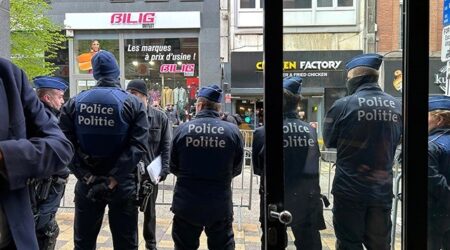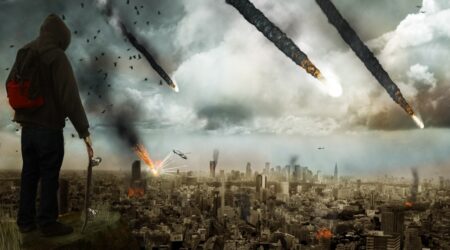What Remains of Jews in Europe
When I travel, I seek out local synagogues or places of Jewish significance. I want to see my global Jewish family and learn about how they live. But more and more, I find that I am learning only how they die.
Perhaps my curiosity is a way of making up for lost time. Unlike my American Jewish counterparts, I did not grow up with Shabbat dinners or Jewish summer camps. For much of my childhood, I wasn’t really aware that I was Jewish at all. Living in the fiercely atheist Soviet Union, my parents didn’t grow up with religion, much like their parents before them. For three generations, religion was effectively wiped out. So when my parents decided to impart some religious tradition on me, it was my Christian father who took up the mantle. It wasn’t until I was about twelve, after we’d moved to the US, that I was told having a Jewish mother makes you Jewish, a fact which piqued my curiosity, and led me to explore what it means to be a Jew. But once I did, it felt like a homecoming of the soul.
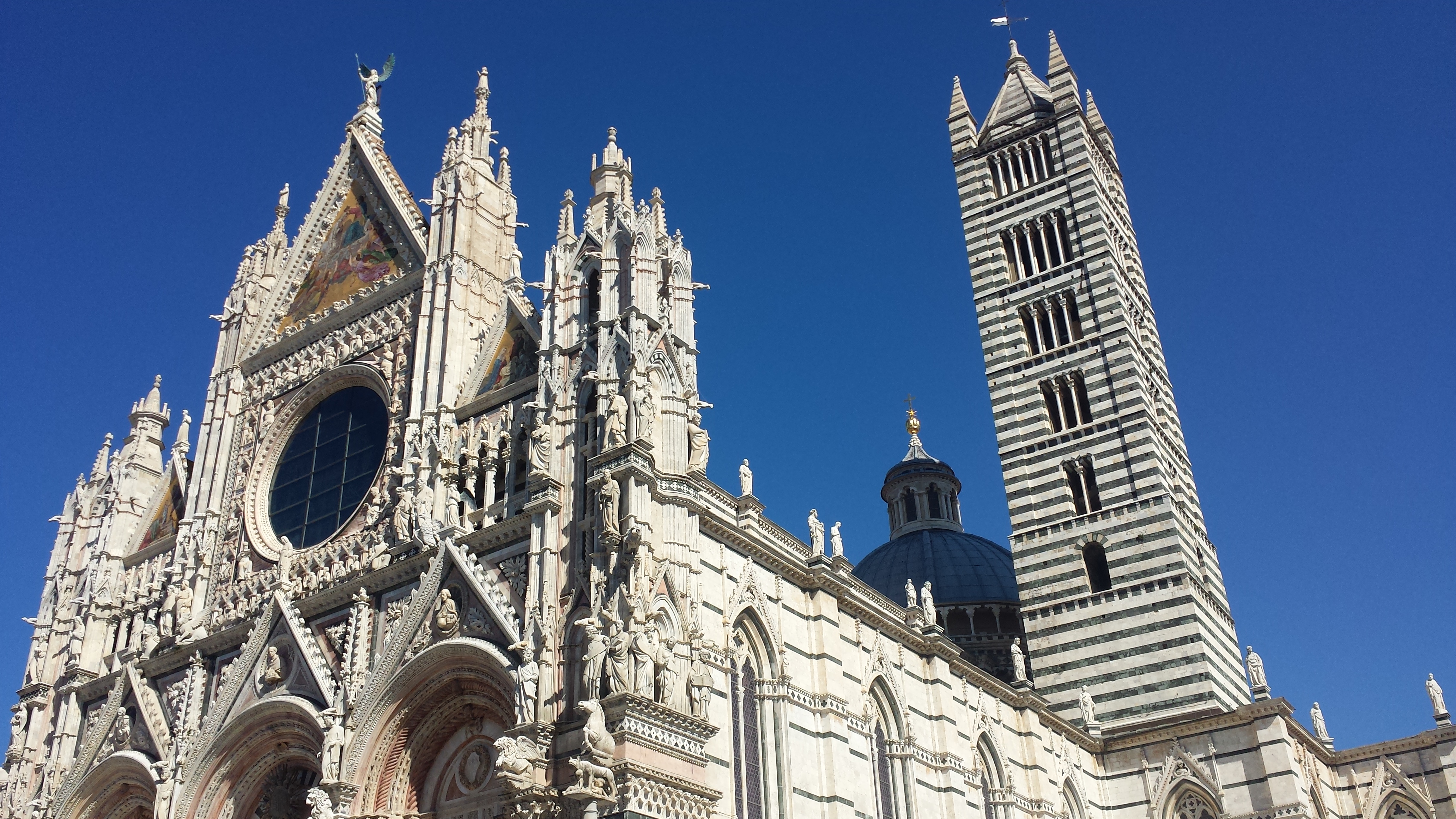
I suspect this is why I seek out fellow Jews everywhere I go. During my honeymoon in 2016, I found myself at the synagogue in Siena, Italy. My husband and I had just spent a few hours exploring the breathtaking Duomo di Siena—a church that was meant to rival neighboring Florence’s Duomo in size and opulence, built of marble and dotted liberally with gold. We had clambered up many medieval stairs to see dizzying views from the roof of this church, whose hilltop placement meant it dominated the Sienese skyline and guaranteed we could see it from every angle.
Wandering around after visiting the Duomo, we saw on a nearby wall a small paper sign with an arrow and the word “Sinagoga.”
The arrow led us to an unassuming brick building with nothing identifying it as a synagogue but two plaques to the left of the door, commemorating Jews who had died. Inside, we were greeted by an Italian woman with a kind smile who offered us a tour. She was working alone, surrounded only by Judaica souvenirs and black and white photographs of the Jewish community that once was. There was no crowd and no line to get in.
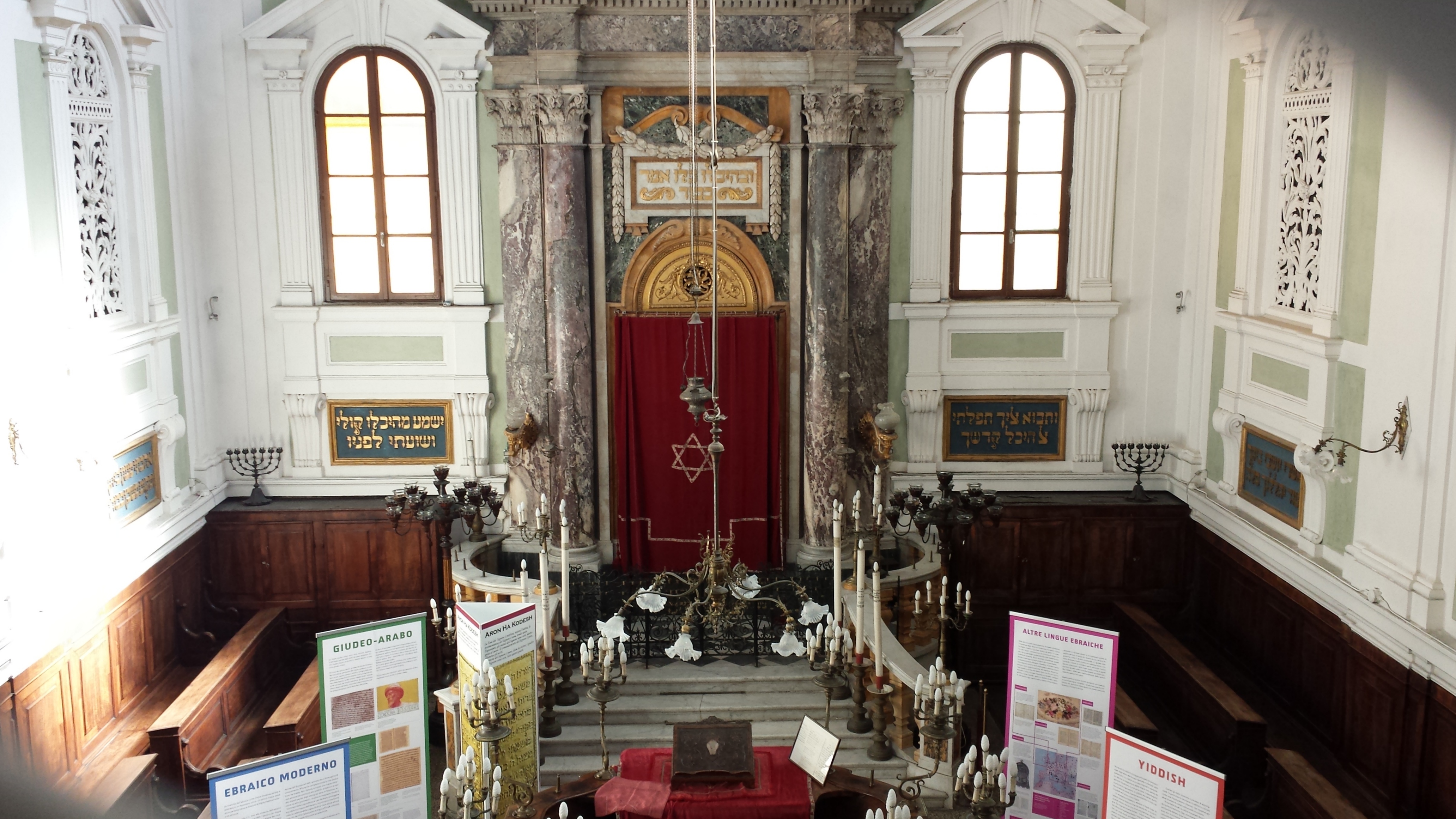
I got the impression she didn’t receive many visitors because she eagerly offered us a discount and left her post unattended to lead us around the space, after carefully locking the door. She seemed almost as interested in us as we were in the synagogue. When we told her that we’re in Italy on our honeymoon, she stopped, turned to us, and made us promise that no matter what we do, we must make time to visit the Amalfi coast.
As she led us into the heart of the building, she told us that the synagogue was built in 1786, before the Emancipation of Italy’s Jews in 1861, during a time when Jewish places of worship had to be secret, unidentifiable from the outside—in stark contrast to the increasing grandeur and wealth of Catholic churches. In fact, the Sienese Duomo remains unfinished precisely because the people believed their hubris in trying to build a church bigger than Florence’s was to blame for the Black Death that wiped out two-thirds of the population of Siena. Plus, the architects didn’t account for the lack of flat land.
Inside the synagogue, I admired the relative simplicity of the rich wood paneling, the mint-colored walls, and the dozen or so candelabras surrounding the bimah, which stands Sephardic-style in the center of the synagogue with benches all around it. Unlike the Duomo’s museum, the synagogue held no delicate jewel-encrusted ceremonial objects; there were no magnificent views or grand altars of marble.
Our guide recounted the somewhat unexceptional history of Siena’s Jews. Locals blamed their Jewish neighbors for a plague that swept through the area in 1348. Beginning in the mid-16th century, Jews were forced to live in a ghetto, their careers restricted to moneylending and banking. Siena’s history is not marked by exceptional bloodshed, perhaps because the Jewish community was only about 500 at its peak. Unlike other European cities, Siena’s Jewish population was not decimated almost overnight by deportations to death camps and turned to ash and smoke. It dwindled slowly, down from 500 to the couple dozen Jews that remain today.
The Jews of my own birthplace were not so lucky. Chisinau, the capital of Moldova—once known as Kishinev—may not be a household name, but it helped introduce the word pogrom into the international lexicon after two brutal massacres in the early 20th century. Jews first settled in Chisinau, and the general region where it’s located, Bessarabia, as early as the 15th century. During czarist times, it was part of the Pale of Settlement, effectively a massive Jewish ghetto outside of which Jews were not allowed to live or travel. This meant that the region was heavily Jewish; at the end of the 19th century, Jews accounted for half the population of Chisinau. But that provided little solace in the face of restrictive racial laws, gulags and, after the Nazi takeover, concentration camps and killing fields. Today, most estimates put the population of Jews in Moldova below 10,000.
Visiting Chisinau’s Jewish neighborhood with my mother a few years ago, I watched her soaking up bittersweet memories of her childhood home, on the same street where the 1903 pogrom began. I followed her down dusty summer streets as she searched with almost childlike enthusiasm for places that bore no considerable historical significance but held great value in her memories. In the Jewish cemetery, we paid our respects at her grandparents’ graves, enshrined in a thick metal cage meant to protect their final resting place from vandals. In the Chisinau ghetto, we saw the memorial to Jews killed in the Holocaust: a statue in the form of an old man, standing like a ghost at the end of a street, shrouded in the gloom of a dusk without street lamps.
Sometimes, the reminders of our collective pain are bit grander. On our honeymoon, my husband and I also traveled to Rome. We visited the Arch of Titus, built in 82 C.E. to celebrate Rome’s conquest of the Jews of Judea. Famously depicted on one relief panel is a scene of the Roman army looting Jerusalem’s Temple—Judaism’s holiest place. Not shown are the estimated 50,000 Jewish slaves the Romans marched back to Europe and forced to build this very arch, along with the Colosseum and other monuments that now serve as vestiges of ancient Rome’s cruelty.
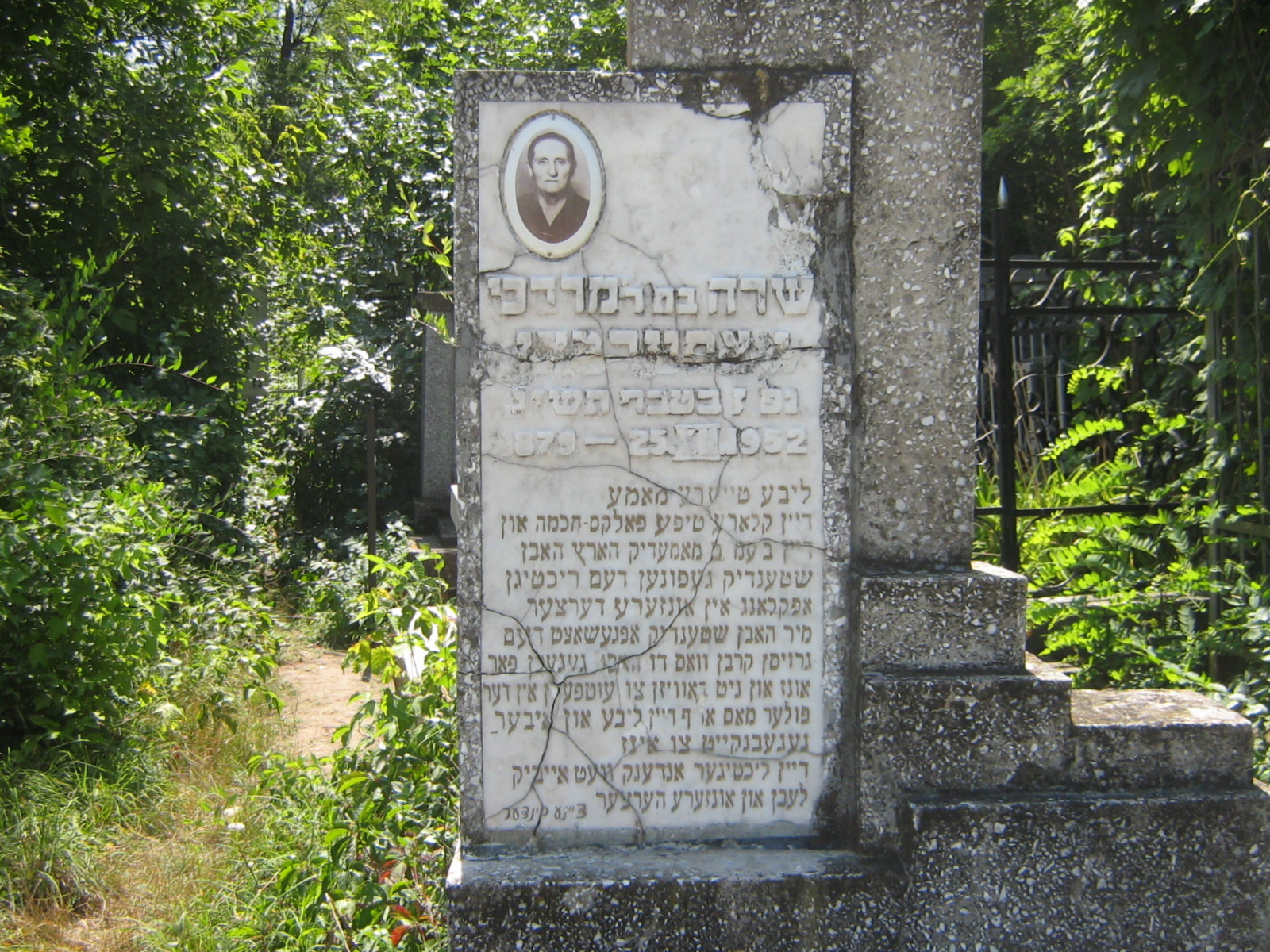
Ironically, it was in front of the Colosseum and steps away from the arch that years earlier, on a previous trip to the Italian capital, I witnessed a truly exhilarating glimpse at Italian Jewry. In June 2010, the city of Rome held a rally for the release of Gilad Shalit, the Israeli soldier kidnapped by Hamas and—at that point—held captive for four years. Authorities turned off the lights of the Colosseum for the occasion, something that only otherwise happens on Earth Day, and joined in solidarity with other Italian and Israeli cities turning off the lights of major monuments. The mayor of Rome, Gianni Alemanno, and the soldier’s father, Noam Shalit, both gave speeches. What touched me most, however, were the hundreds of supporters waving Italian and Israeli flags and calling for Shalit’s release. Now, as my outlook on European Jewry becomes bleaker, I remind myself of that night, which stands as a challenge to my worldview: the darkness of the Colosseum, the energy in that crowd, and a curly-haired little girl of no more than four years old, holding her father’s hand, wearing her Free Gilad t-shirt as a dress.

Now, walking through the Sienese synagogue’s silent halls, I realized that no matter where I go in the world, these places of Jewish interest are always the same: an empty synagogue, a cemetery, a memorial. They are all places of memory, not of life. They represent how things were, not how things are. The refrain is the same whether I go to Moldova, Italy, or France: this is how the community was, once, before the war or the economic downturn or the killings. You are welcome to admire the relics preserved in these little well-guarded places, but nothing more.
What stood out to me about Siena’s synagogue was its quiet abandonment. This was not the synagogue of Eastern Europe, standing, burned and vandalized, as a symbol of an ancient hatred. And it wasn’t the synagogue of major Western cities either, built with wealth and pride to gleam after millennia of oppression.
On my coffee table at home, there is a book called Silent Places—black and white photographs of Jewish places of loss and suffering: killing fields, ovens, barracks, desecrated graveyards. Everything empty, desolate, quiet, calm. It reminded me of what I see in Europe’s Jewish places now, even when, like in Siena, they are not explicitly places of tragedy. The entry about Siena’s Jews on the Jewish Virtual Library website ends thus: Not much remains of the Jewish community of Siena. To me, that rings true of more than just Siena.
Visiting these places is always bittersweet, because while they represent something that is fading, I know there is also a place that represents something growing: Israel, the only place where Jewish life grows, breathes, celebrates, and worships today, in the footsteps of ancestors who did the same thing for thousands of years.
Israel is for the living. Europe is becoming nothing but a memorial to dead Jews.
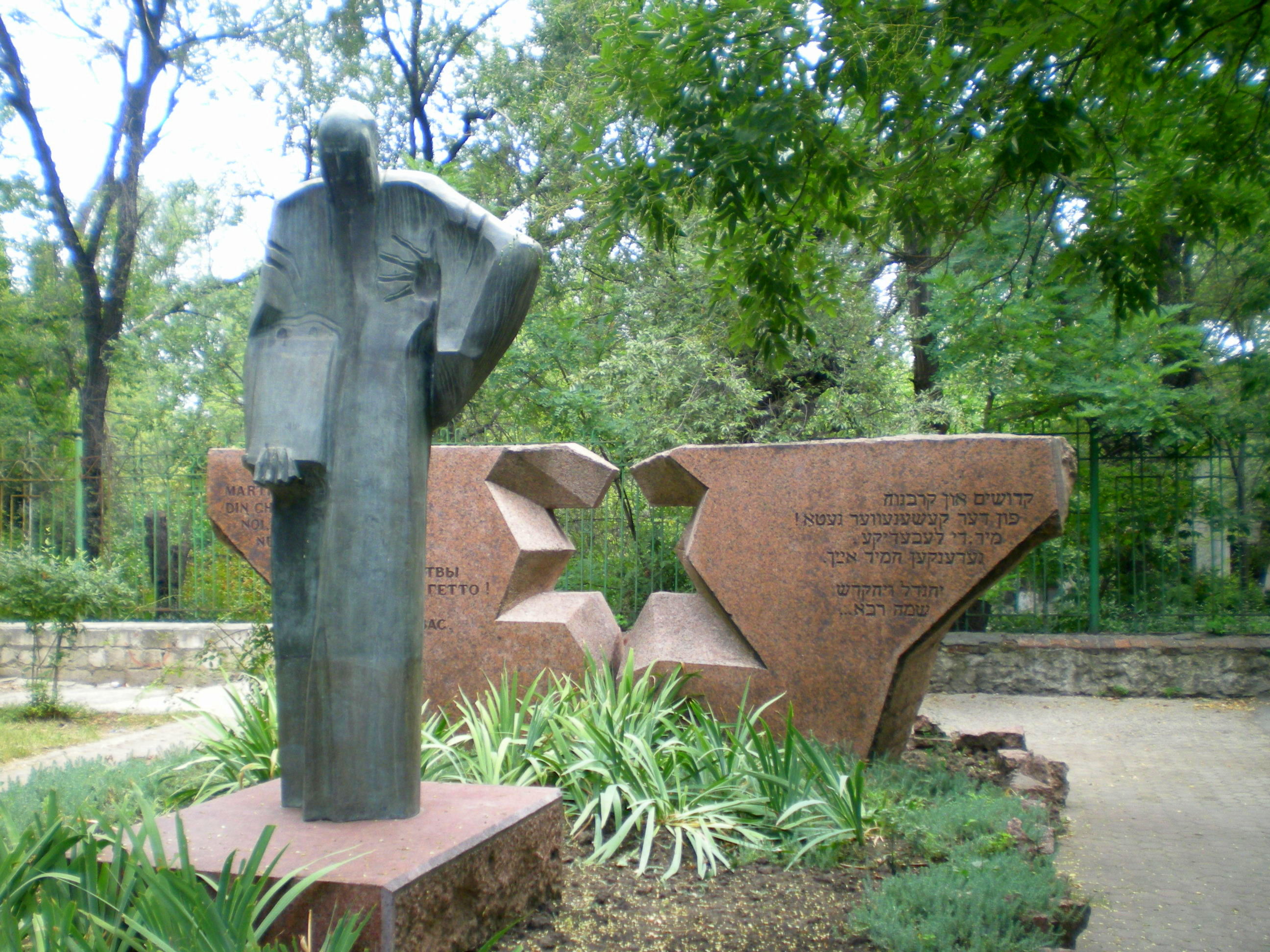
Before my first trip to Israel, I was unaware how Jewish life should look and feel. It shouldn’t be hiding your kippa or Star of David in public; it should be a teenage boy break-dancing on Saturday night with his tzitzit dangling from his waist. It shouldn’t be wondering whether to trust someone with your Jewish identity; it should be a shared feeling of belonging to the mishpacha. It should be Jewish art on display, monuments of accomplishments, feats of architecture, statues of heroes and visionaries; our identity should not be reduced to only memorials of the pain in our past.
According to the Jewish Agency for Israel, an average of 5,000 Jews annually make aliyah from France alone, a number that has been steadily climbing since 2012. Maybe as more Jews leave Europe, we unyoke ourselves from the idea that we’re European. Maybe we finally accept that even our biggest and brightest continental synagogues are not carved from the same famous stone, not painstakingly preserved, not featured on all the postcards and tourist itineraries. We are not the same, and that’s OK. This doesn’t mean we can’t appreciate Europe for what it is: a cradle of art, culture, and beauty; a destination for connoisseurs of fine foods, wines, and luxury goods; a place of incredible history, including Jewish history. But we also need to acknowledge what it’s not: home.
Hungry after our synagogue tour in Siena, my husband and I found a family-owned cucina casalinga, a restaurant featuring home-style cooking located in the former Jewish ghetto, with a single hand-written menu to consult on the way in. Inside, the cozy brick space was full of locals enjoying a simple but delicious meal. Our server was a friendly, short-haired girl of about twenty-two with a cheeky smile and a couple of piercings. She bustled around smiling at patrons, joking with regulars, and delivering dishes, completely at ease. When she turned to take someone’s order, I noticed a Hebrew tattoo below her neck. Because my knowledge of Hebrew is below basic, I asked her what it meant. She seemed a little surprised but not displeased and her smile took on a warm glow as she told me it was the initials of her brothers’ names, the same way I smile when talking about my brother. With that, she hurried off to assist another table.
The gloom I’d felt in Siena’s empty synagogue was somewhat dispelled by this unexpected meeting with an assumed fellow Jew. Although these meetings seem to be getting rare now in Europe, I was excited to run into Jewish family all the same. For a moment, it felt like home.
This article first appeared in Hadassah Magazine.
Tatyana Sundeyeva, originally from Chisinau, Moldova, is a Russian-American writer and novelist living in San Francisco. Find her online at TatyanaWrites.com and on Twitter @TeaOnSundey.
by Tatyana Sundeyeva


